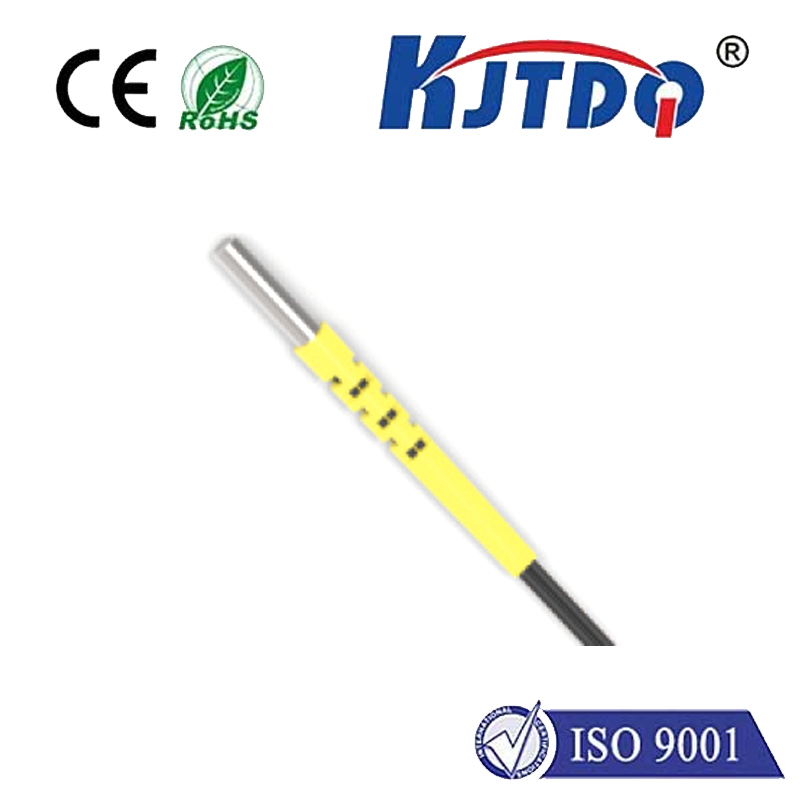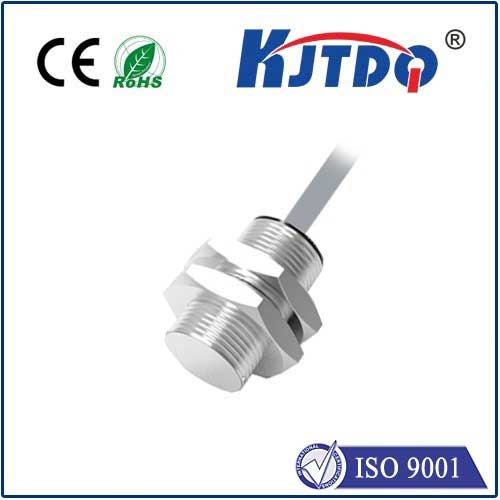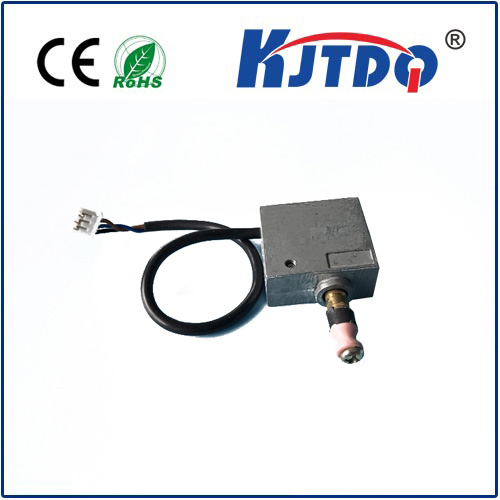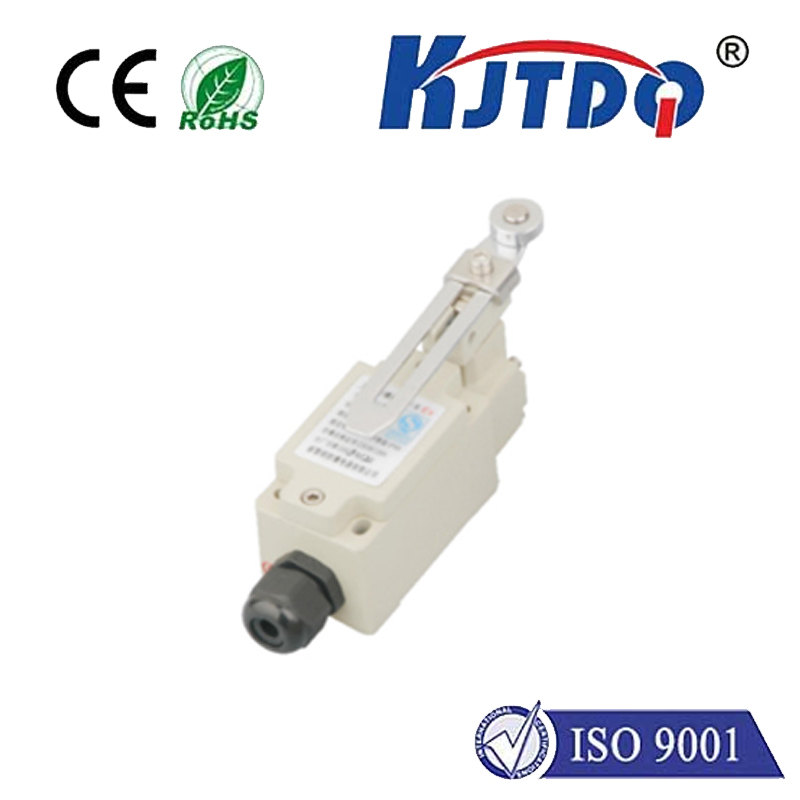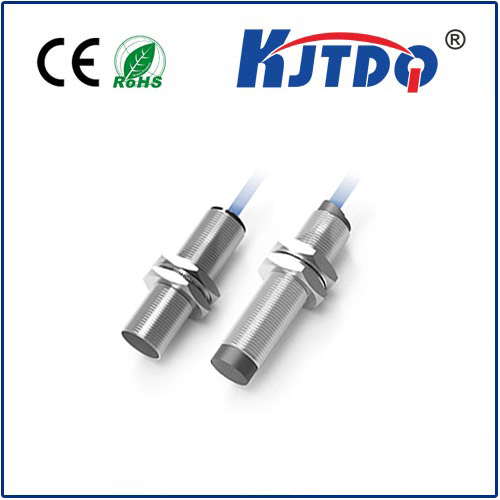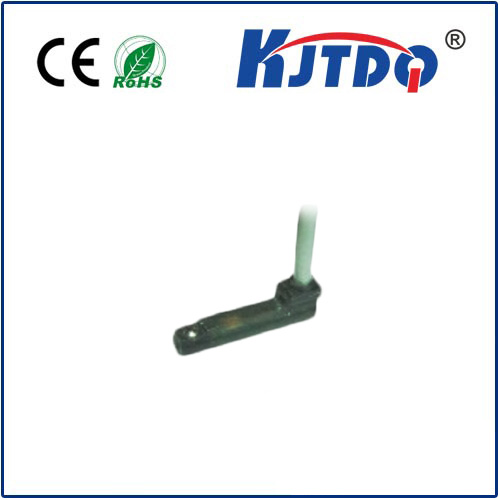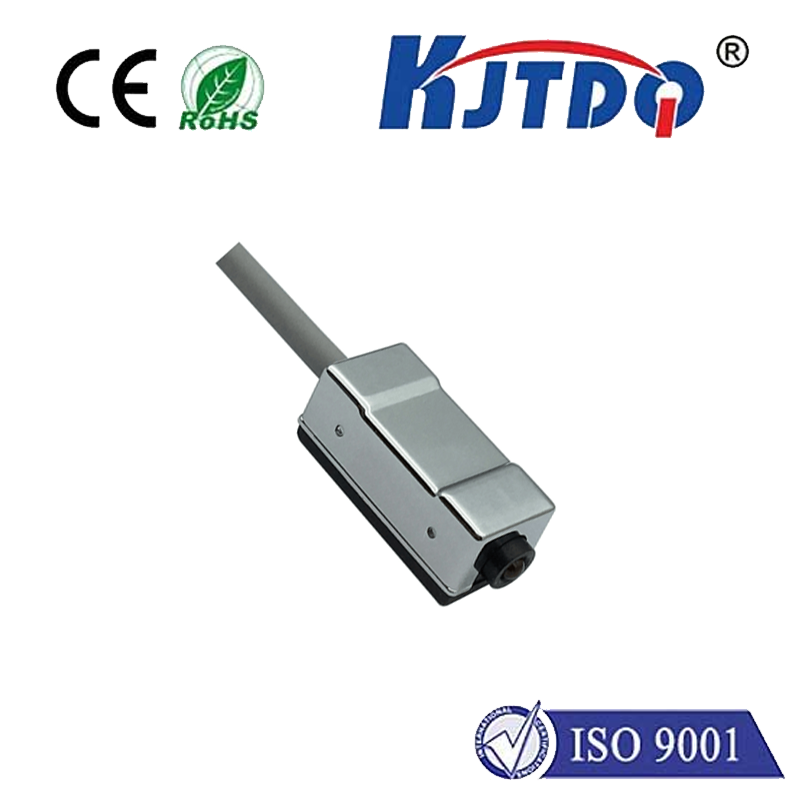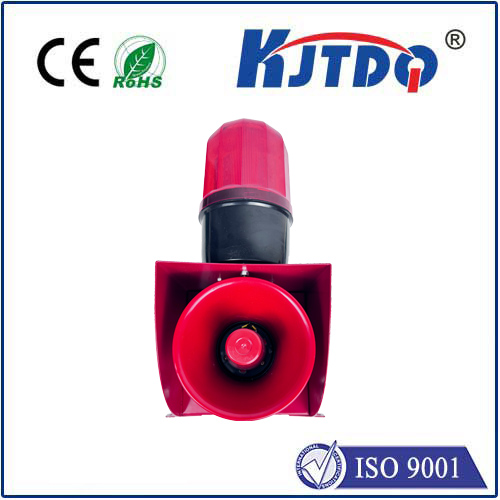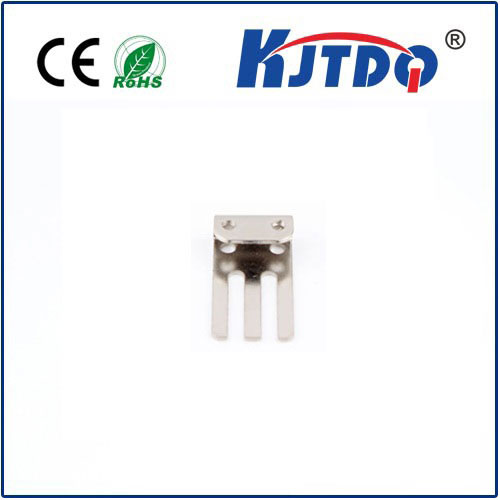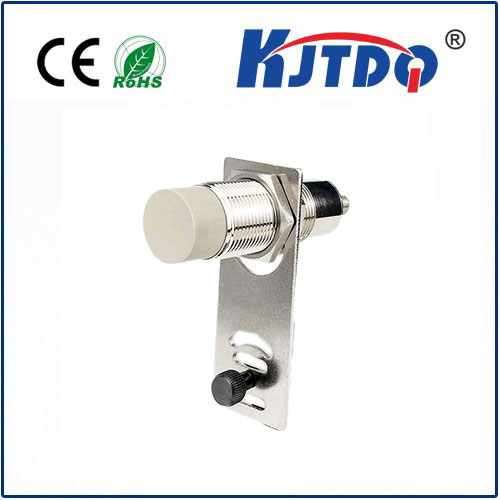
check

check

check

check
Water Limit Switch: Ensuring Optimal Water Levels in Industrial Applications
Introduction
In the industrial sector, maintaining optimal water levels is crucial for the proper functioning of various systems and equipment. This is where the water limit switch comes into play, providing a reliable solution to monitor and control water levels. In this article, we will discuss the importance of water limit switches in industrial applications and how they ensure optimal water levels.
Understanding Water Limit Switches

A water limit switch is an electronic device that detects the presence or absence of water within a designated area. It consists of a sensor, typically made of stainless steel or plastic, which is placed in the water system. When the water level reaches the sensor, the switch triggers a signal that can be used to activate or deactivate pumps, alarms, or other control devices.
Importance of Water Limit Switches in Industrial Applications
Water limit switches are essential in many industrial applications, including HVAC systems, boilers, cooling towers, and sump pumps. They play a critical role in maintaining optimal water levels in these systems, ensuring their efficient operation and preventing damage caused by low or high water levels.
For example, in HVAC systems, water limit switches are used to monitor the water level in the condensate pan beneath the air conditioning unit. If the water level rises too high, it can cause damage to the unit or create a safety hazard. By using a water limit switch, the system can automatically shut off if the water level exceeds the desired range, preventing potential issues.
Similarly, in boiler systems, water limit switches are used to monitor the water level inside the boiler. If the water level drops too low, it can lead to overheating and damage to the boiler components. The water limit switch triggers an alarm or shuts off the boiler when the water level falls below the minimum threshold, ensuring the safe operation of the boiler.
In cooling tower applications, water limit switches are used to maintain the appropriate water level required for effective cooling. They help prevent flooding or dry running of the cooling tower, which can result in reduced efficiency and potential damage to the equipment.
Sump pumps also rely on water limit switches to ensure proper functioning. The switch detects when the water level in the sump pit rises above a certain point and activates the pump to remove excess water. This helps prevent flooding and protects the basement or other areas from water damage.
Conclusion
Water limit switches are crucial components in industrial applications that rely on water systems. They provide a reliable solution to monitor and control water levels, ensuring optimal performance and preventing damage caused by low or high water levels. By incorporating water limit switches into these systems, industrial facilities can improve their overall efficiency and operational safety.
